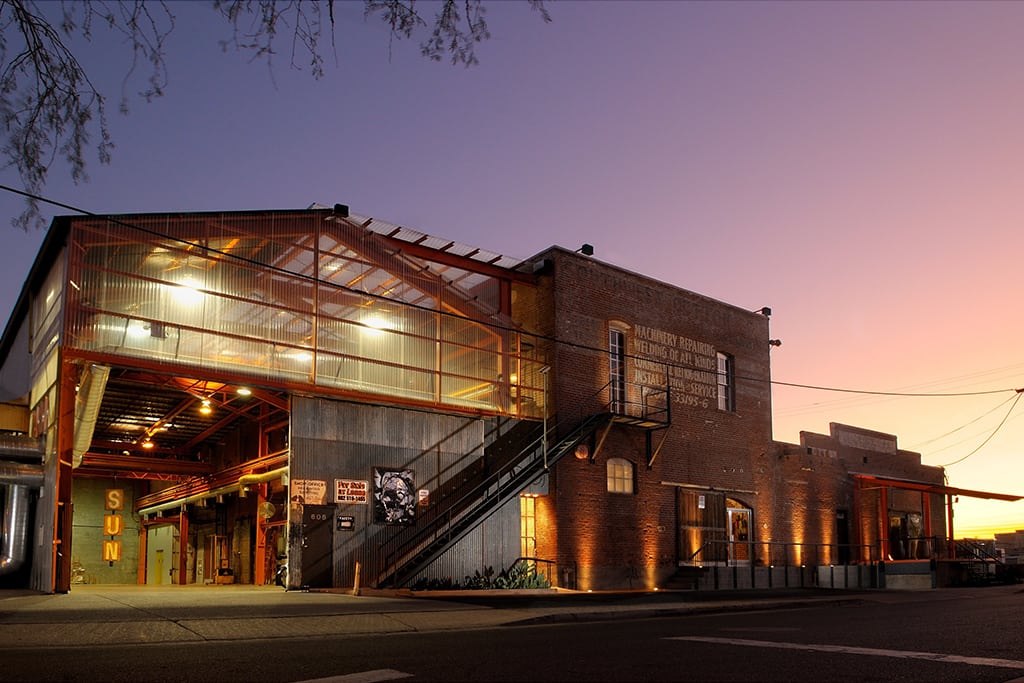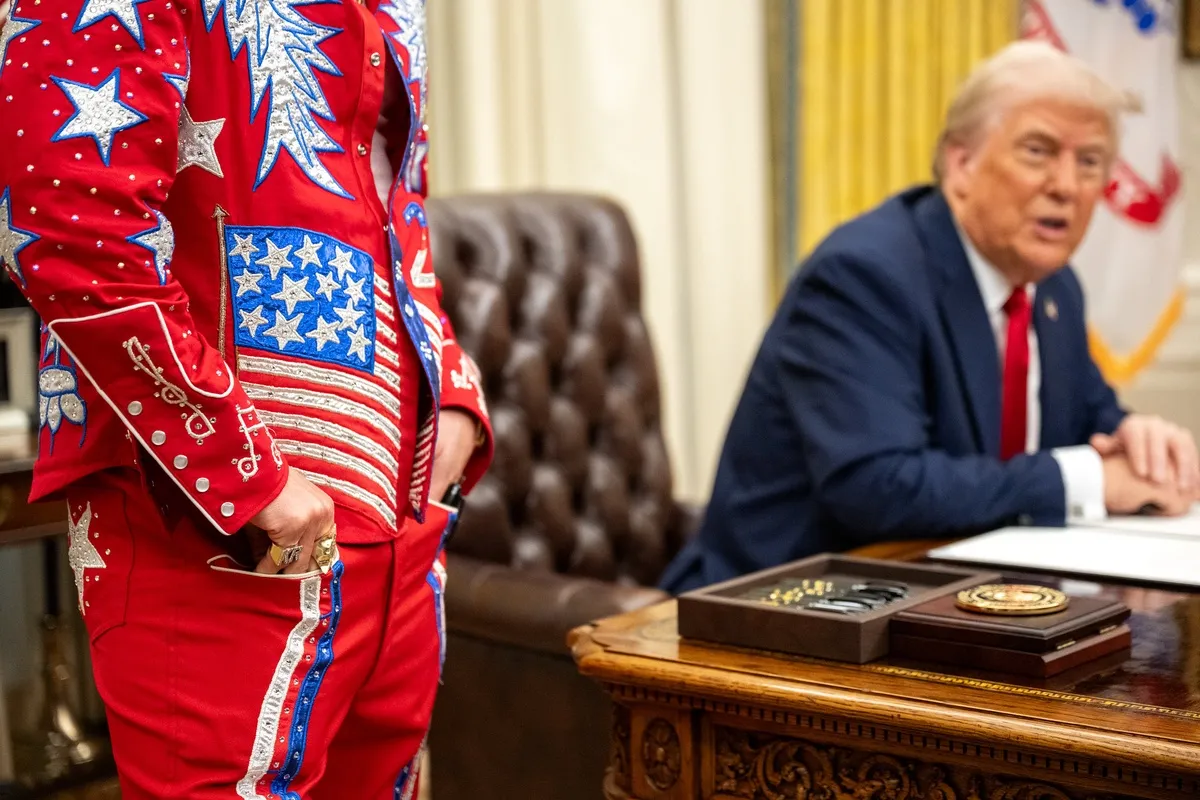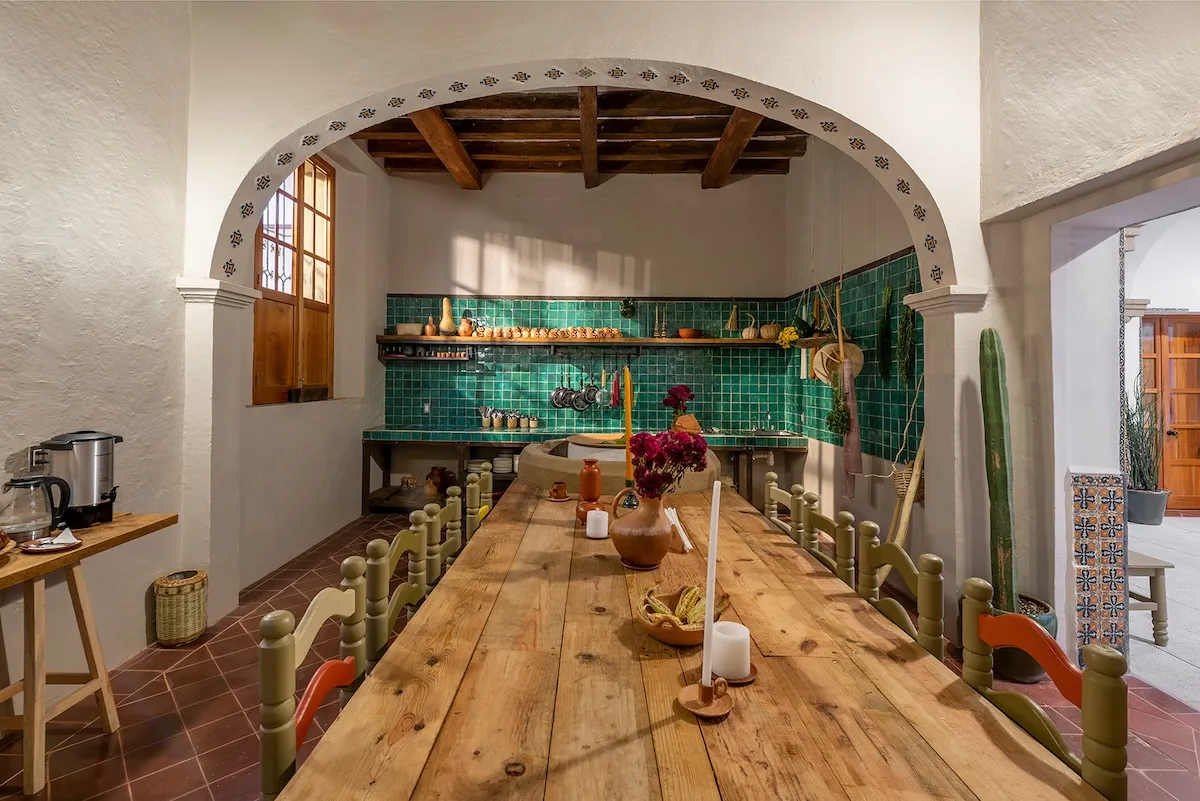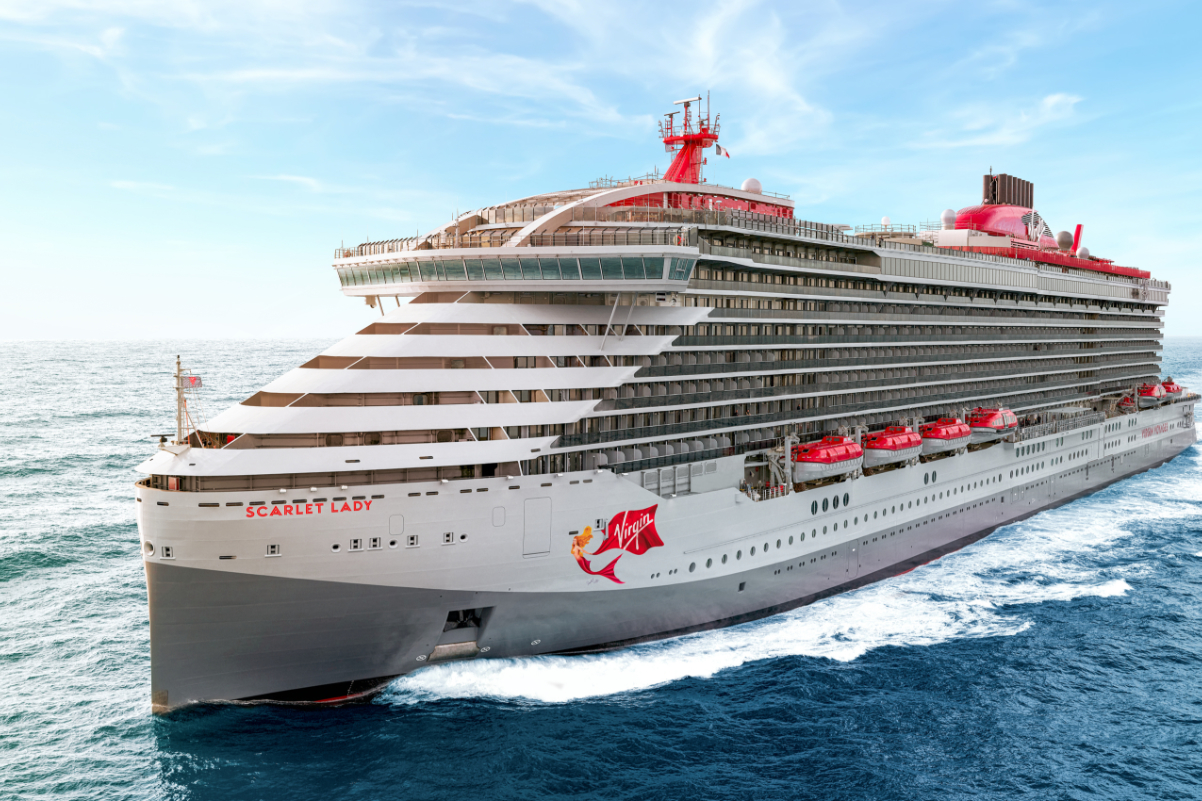The Creative Energy in Downtown Phoenix is a Magnet for Meeting Planners

Skift Take
This sponsored content was created in collaboration with a Skift partner.
Downtown Phoenix has evolved over the last two decades into a modern urban experience that defines the future of meetings and conventions.
The downtown core developed later than most other cities because Phoenix has traditionally expanded outward into the desert valley. Having somewhat of a blank slate has ultimately worked to the advantage of the downtown area, anchored by the expanded Phoenix Convention Center and satellite campuses for Arizona State University and the University of Arizona. All three opened in the last decade.
The rise of Downtown Phoenix was cultivated in alignment with 21st century urban placemaking strategy, emphasizing the close proximity of academic institutions, residential neighborhoods, vibrant public spaces, a dynamic local culinary and cultural scene, public transit, and a thriving startup ecosystem. All of that is co-located in a tight walkable environment just four miles from Phoenix Sky Harbor International Airport.
That strategy has proved highly successful. In 2016, more people moved to Phoenix than anywhere else in the country, according to the U.S. Census Bureau. The city also ranked second in high-tech job growth nationwide that year, following only San Francisco, based on data from CBRE Research.
Downtown Phoenix is the catalyst driving that growth.
The convergence of new entrepreneurs and startup companies moving into the urban core in recent years has sparked a surge of what local leaders define as “maker culture.” Generally, makers are people who have relocated or expanded operations here because they want a stake in the city. They embrace both fierce individuality and collaborative innovation equally, and they want to participate in defining what it means to visit and live in Downtown Phoenix.
Together, they represent a movement. A community of creativity. According to Brookings, the rise of maker culture is a “deeply American source of decentralized creativity” and an
“authentic social movement.” Moving forward, “The makers’ locally-grown enterprises are expanding beyond their artisanal and hobbyist roots to create true business value.”
Most meetings planners today share those same values. They’re also looking for unique and creative environments with a diverse array of innovative and ambitious people who crave a cross-pollination of hands-on learning, new ideas and new cultures.
“One of the most surprising things is how prideful and excited citizens are living down here, and they want to show that pride,” says Rachel Malloy, owner of Bunky Boutique, which specializes in local products. “The soul of Phoenix to me is Downtown Phoenix. What inspires me most is the diversity, so there’s a real creative buzz and the energy is very exciting. There’s a lot of opportunity to create the city you want to live in.”
Another local maker in Downtown Phoenix is Sebastian Sandersius, founder of the Ezra Arthur custom leather goods company.
“The makers movement is this entrepreneurial spirit to actually make products in the U.S.,” he says. “We’re really trying to make manufacturing cool again. The people here are hungry for new ideas, and there’s a lot of talented people around us doing work they’re proud of.”
Sandersius continues, “For me, the soul of Phoenix is downtown. It’s really the center of culture in the Valley. Phoenix inspires me because you really feel that you can come here and create something new.”
A Network of Creative Districts
The dual openings of the Phoenix Convention Center and Valley Metro Rail in 2009 kickstarted the renaissance of Downtown Phoenix. But it was really the influx of artists and other makers moving into the area, especially along Roosevelt Street, who gave birth to downtown’s spirit and soul.
As Roosevelt Row evolved, it attracted a new community of creative chefs to the entire downtown core and surrounding neighborhoods, many of whom are still in operation today. Building on the success of the creative community before them, local chefs have been instrumental in stewarding the development of Downtown Phoenix during the last decade.
For example, chef Silvana Salcido Esparza is nationally acclaimed for how she approaches both traditional and modern Mexican cuisine. In 2017, Food & Wine named her one of the top 10 Mexican chefs in the country, and it’s not unusual to see lineups at her two restaurants in the city, Barrio Café and Barrio Café Gran Reserva.
Another local chef, Nobuo Fukuda won a James Beard Award as Best Chef in the Southwest in 2007. Today he operates Nobuo at Teeter House in Downtown Phoenix, renowned for its “omakase” culinary experience marrying Japanese and American ingredients and cooking styles in innovative ways.
“The local chefs all share this ideal that downtown will be what each one imagines, and that they have an influence on the future of the city,” says film-maker Andrew Gooi, who has profiled many local Phoenix chefs, including Fukuda. “I think a lot of people are attracted to that optimistic energy and sense of purpose.”
In recent years, Downtown Phoenix has continued to evolve in new directions to support a new class of makers in the technology and creative industries.
The Phoenix Warehouse District is home to a growing cluster of tech companies opening inside the area’s many restored brick factory buildings, located just south of the convention center. Designed as “The Intersection of History & Creativity,” the Warehouse District adds a new layer of connectivity and knowledge sharing for meeting and event programs in Phoenix. Some of the vintage buildings with event space include The Croft Downtown (10,000 square feet) and Warehouse215 (11,500 square feet).
A coterie of new art galleries, co-working spaces, architecture and design firms, and unique event venues are adding to the district’s creative edge. The new ASU Grant Street Studios opened in 2017 inside a 1917 cotton exchange building, with 60 art studios for Arizona State University grad students, two art galleries, production studios, and 40,000 square feet of raw space that can be sectioned off for private events.
“It’s the coolest space in town,” says Adriene Jenik, who recently stepped down as Director of the ASU School of Art to pursue her own art practice. She helped bring ASU’s graduate art classes from Tempe to ASU Grant Street Studios during her tenure. “Being able to be part of a burgeoning district that will grow into something in the next decade is exciting, and being housed in an historic building makes a big difference in our work and community-making.”
The ASU School of Art is experimenting with how the convergence of art, culture, design and tech can be an accelerator for urban community development, cultivated through a wide range of evening events, exhibits and lectures open to the public. It’s another way meeting attendees can explore Downtown Phoenix and be inspired by innovative makers at the forefront of modern urban user experience today.
“The city of Phoenix is a place still in a process of becoming a living laboratory for experimentation, reinvention, and continuous change,” says David Kreitor, President and CEO of Downtown Phoenix Inc., which is a coalition of private organizations driving economic development in partnership with the City of Phoenix and Visit Phoenix.
The tech migration into the Warehouse District and the rest of Downtown Phoenix continues to reshape the city. During the first half of 2018, companies such as Solera Health, Freshly, Fin, Scientific Technologies Corporation, and Quicken Loans are all slated to complete their office build-outs.
“We’re seeing a collection of a lot of innovative, knowledge-based companies coming in and congregating around each other,” says Sara Scoville-Weaver, Business Development Manager at Downtown Phoenix Inc. “It’s not just one industry driven by one product. We’re getting more and more diversified.”
A Model of Global Collaboration
The Downtown Phoenix community is a global one. The local university systems, startup clusters, Phoenix Biomedical Campus, and Phoenix Convention Center are magnets for outside investment and knowledge sharing, continually attracting an influx of new people from around the world.
That didn’t happen by accident. The close proximity of the academic, public and private sector infrastructure in Downtown Phoenix was intentionally designed to foster community development for all generations, and business development for organizations of all sizes.
At a macro level, the City of Phoenix, Downtown Phoenix Inc., Visit Phoenix, and the universities collaborate to design and develop the downtown infrastructure, driving growth for both the visitor economy and innovation economy. On a micro level, the increasing diversity and strength of the local business and residential communities are activating the downtown core. They’re the reason why both meeting attendees and locals want to stay downtown after 5 p.m. now.
“Communities need to enable community,” says Steve Moore, President and CEO of Visit Phoenix. “Downtown Phoenix is home to many aspirational industries, such as our 30acre Biomedical Campus next to the convention center. That drives investment, innovation and collaboration on an international level. Then we have this amazing community of local makers, and placemakers, who are basically designing our neighborhoods in their own vision. Together, they’re bringing a lot of energy and excitement to Downtown Phoenix.”
Those layers of community, and the convergence of the public and private sectors to drive new development, didn’t exist 10 years ago before the Phoenix Convention Center opened. Back then, there were no universities downtown, either. Today, there are more than 14,000 students active in the area, injecting their own global perspective and progressive mindset into the local social fabric.
From the standpoint of meetings and conventions, that modern perspective and mindset champions the value of networking and knowledge sharing between people from many different places. Collectively, as a downtown community, the diverse array of local makers, students, and many different organizations have elevated the narrative around Phoenix as a global gathering place to discuss innovation across all sectors.
For example, the urban transformation in Downtown Phoenix is attracting a new spectrum of conferences, such as CEO for Cities 2017, which it wouldn’t have a decade ago. The conference discusses how cross-sector collaboration is the key to every city’s success.
The organization’s mantra comes from Harvard Professor Ed Glaeser, author of Triumph of the City, and a member of the Global Advisory Council for CEOs for Cities. He says, “Knowledge is more valuable than ever, and that has increased the value of learning from people in other cities.”
During the conference, Lee Fisher, Senior Advisor for CEO for Cities, added, “No city lacks talent. But if you’re counting only on your own talent, and you’re not connecting with talent and ideas in other cities, then you’re going to fall behind.”
In Downtown Phoenix, the physical, political and community elements have now aligned to provide a modern urban platform for global industry leaders to connect with each other.
However, the reason those leaders want to come to Phoenix is because of the convergence of creativity and innovation forged by the local makers.
This content was created in collaboration with Visit Phoenix and published by Skift’s branded content studio, SkiftX.




